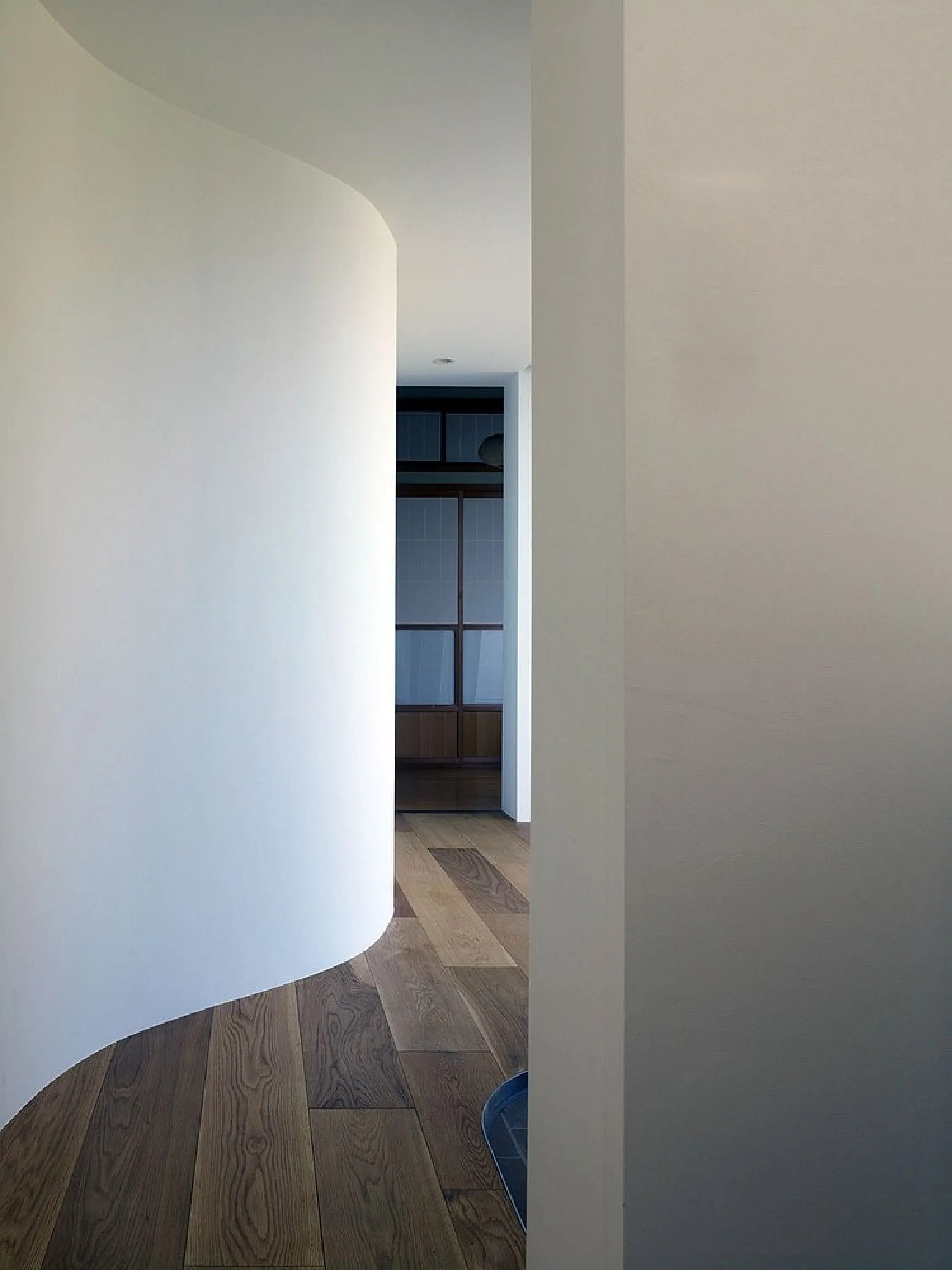Biophilic design: nature of the space
The first two categories of biophilic design patterns (Nature in the Space and Natural Analogues) focus on the material aspect of nature, incorporating nature’s distinctive features and elements in designed spaces.
Yet living in contact with nature is more than that. Nature of the Space patterns cover the experience of nature, highlighting the feelings that characterize a restorative space.
11. Prospect
Uninterrupted views over a distance creating feelings of calm and safety.
People tend to be drawn to environments that recall African savannahs, i.e. the habitat where humans evolved as a species. Wide-open spaces feel naturally comforting and give a reassuring feeling of control.
One way to achieve uninterrupted views in designed spaces is through open floor plans and see-through partitions, that separate without impeding the view.

12. Refuge
Sense of protection from movements and activities happening in the surroundings.
Tightly connected to prospect is the concept of refuge. An open view of the surroundings is just as important as the point of view, which should be secluded enough to give a sense of safety. A refuge area should then provide protection from three sides, leaving the fourth open to view the surroundings.
Transposed into modern living, refuge spaces are those welcoming alcoves that allow us to disconnect from the outdoor environment in terms of activities, sounds, and the hectic pace of life as a whole. Reading nooks and window seats are examples of refuge in interiors, as they create a more intimate area into a bigger space.


13. Mystery
Partially obscured views stimulating curiosity about the unknown.
Humans are naturally drawn to exploration and find pleasure in new discoveries.
Building on this trait, biophilic design invites occupants to explore the space by incorporating carefully designed leading paths, alternating open and shielded areas, and more…

14. Risk/peril
Balanced combination of a perceived sense of risk and the rational knowledge of safety.
Risky feelings such as falling or losing control are inherently moving. If the sense of risk is paired with a rational feeling of safety, the overall response will be one of arousal and positive stimulation and won’t get into threat and fear.
From a design perspective, this means that risky feelings should be just a perception, and the space should always (and obviously) remain safe for occupants. Examples of design features that achieve the delicate balance of apparent risk and actual safety are infinity pools, glass floors, and full-height windows on upper floors.


Further resources:
Available in the shop, anooi’s publications explore the nuances of a biophilic ethos, highlight anooi’s perspective on the topic, and cover the studio’s ongoing research in biophilic thinking and design.